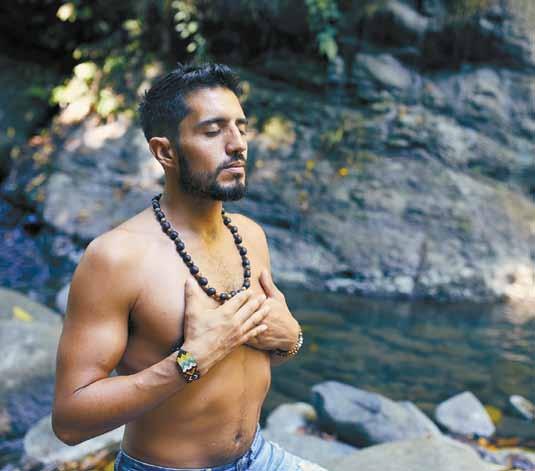E R F
E
HEALTHY
LIVING
HEALTHY
PLANET
Say ‘I Do’
to the Planet
Green Weddings Embrace Sustainability
Big Love from Small Animals VEGGIE TRICKS How to get kids
Becoming
Heart-Minded
Exercise Tips for Hypertension
to eat better
February 2021 | Tampa Bay-Edition | NATampa.com










